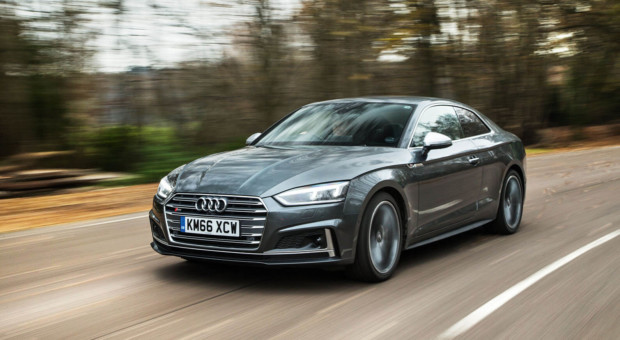
In today’s digital age, where information is key to decision-making, the Vehicle Identification Number (VIN) serves as the DNA of every automobile on the road. A VIN not only identifies a vehicle uniquely but also offers a wealth of information that can be essential for car buyers, sellers, insurers, and automotive enthusiasts. To unlock this information, a VIN decoder is used—a powerful tool that can help decode the complexities of automotive identification and history.
What is a VIN?
A Vehicle Identification Number (VIN) is a unique code including a serial number, used by the automotive industry to identify individual motor vehicles, towed vehicles, motorcycles, scooters, and mopeds. As defined by the International Organization for Standardization (ISO) in ISO 3779, the VIN is a composition of 17 characters (digits and capital letters) that act as a vehicle’s unique identifier.
History and Evolution of VIN
The VIN system was first introduced in 1954. However, it wasn’t until 1981 that the National Highway Traffic Safety Administration (NHTSA) standardized the format to the 17-character VIN we recognize today. This standardization ensured that each vehicle manufactured or sold in the United States carries a unique code that encapsulates essential information about the vehicle.
Components of a VIN
A VIN is more than just a string of random characters. Each segment and character within the VIN holds specific information:
- World Manufacturer Identifier (WMI): The first three characters identify the vehicle’s manufacturer and the country of origin.
- Vehicle Descriptor Section (VDS): Characters four through nine include information on the vehicle model, body type, restraint system, and engine code.
- Vehicle Identification Section (VIS): Characters ten through seventeen are used by the manufacturer to identify the individual vehicle. This section often includes information about the manufacturing plant and the vehicle’s sequential number.
What is a VIN Decoder?
A VIN decoder is a tool that allows you to input a vehicle’s VIN and receive detailed information about the vehicle in return. This tool reads the complex data embedded in the VIN and translates it into understandable information.
The Utility of VIN Decoders
1. Vehicle Purchase:When purchasing a used vehicle, a VIN decoder is invaluable. It can reveal the car’s full history, including whether it’s been involved in any accidents, its maintenance history, and even if it’s been recalled by the manufacturer.
2. Registration and Insurance: Insurance companies and DMVs use VIN decoders to verify the details of a vehicle. This helps in preventing fraudulent registrations and insurance claims.
3. Automotive Industry: Manufacturers and automotive dealers use VIN decoders to manage vehicle inventories, ensuring each car’s specifications and features are accurately recorded.
How VIN Decoders Enhance Transparency and Trust
VIN decoders play a crucial role in enhancing transparency in the automotive market. They provide a reliable method for confirming vehicle specs and history, which builds trust between buyers and sellers.
Technological Integration in VIN Decoding
With advancements in technology, VIN decoders have become more sophisticated. They now integrate with various databases, providing real-time data from insurance companies, law enforcement agencies, and automotive recall databases. This integration offers a comprehensive view of a vehicle’s history and condition.
The Future of VIN Decoding
The future of VIN decoding looks promising with the integration of blockchain technology, which could further enhance the security and verifiability of vehicle histories. Additionally, as electric vehicles and autonomous cars become more prevalent, VIN decoders will likely evolve to accommodate new types of data relevant to these technologies.
Conclusion
In conclusion, a VIN decoder is an indispensable tool in the automotive industry. It not only helps in identifying and verifying vehicles but also plays a critical role in maintaining transparency and trust in vehicle transactions. As technology evolves, so too will VIN decoders, continuing to offer valuable insights into the ever-changing landscape of automotive vehicles. Whether you are a buyer, seller, manufacturer, or just an enthusiast, understanding and utilizing VIN decoding can significantly enhance your automotive experiences.
















